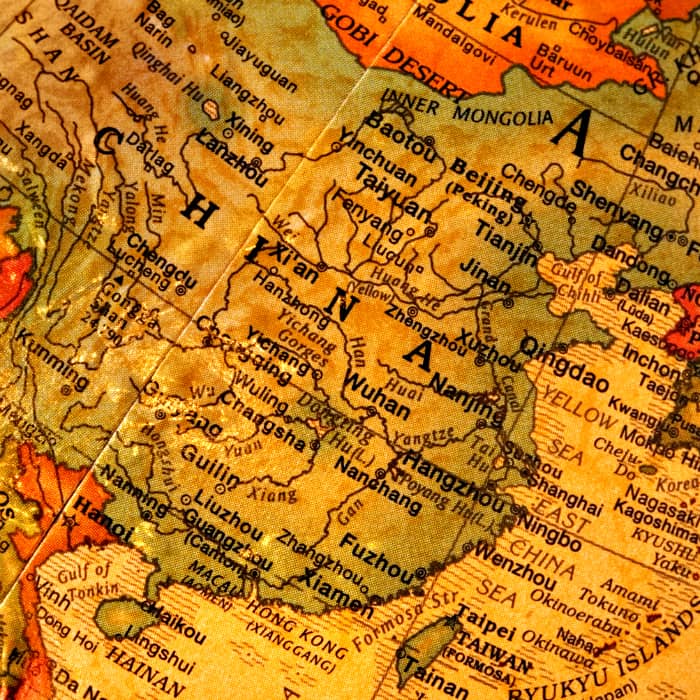 Last week, the International Trade Commission (ITC) announced its preliminary determination in its anti-dumping and countervailing-duty investigation into Chinese solar cell and module trade practices. The bipartisan commission voted 6-0 that there is a ‘reasonable indication’ that those practices are detrimental to the U.S.' solar manufacturing industry.
Last week, the International Trade Commission (ITC) announced its preliminary determination in its anti-dumping and countervailing-duty investigation into Chinese solar cell and module trade practices. The bipartisan commission voted 6-0 that there is a ‘reasonable indication’ that those practices are detrimental to the U.S.' solar manufacturing industry.
The investigation is far from over, and rumors have already begun circulating in the industry as both supporters and opponents sort through the details.
In response, the Solar Energy Industries Association (SEIA) – which has maintained a neutral position on the case – sought to clear up confusion and keep everyone up to speed in a recent webinar.
We have arranged the topics that were discussed over the course of the presentation into a series of frequently asked questions. These are followed by answers in the form of information shared by Smirnow, vice president of trade and competitiveness at SEIA, during the webinar.
What are the different roles of the ITC and the Department of Commerce (DOC) in the investigation at this point?
The ITC's task is to ascertain whether the practices of the Chinese government have caused injury to U.S.-based solar manufacturers. As announced, in its preliminary investigation, the commission voted unanimously that injury has likely occurred.
‘This is the strongest vote that the commission could have rendered with respect to injury,’ said Smirnow.
However, he noted, the threshold for making an affirmative injury ruling during the preliminary investigation is lower than that of the final-phase investigation. An ultimate finding of injury is not guaranteed.
The DOC's concurrent investigation will focus on PV product pricing, in order to determine whether Chinese modules were sold at ‘unfairly’ low prices (i.e., dumped) and whether producers and exporters have benefited from ‘unfair’ government subsidies.
‘If Commerce finds unfair government subsidies, to offset subsidies – or countervail them – [the department] calculates countervailing-duty margins,’ Smirnow explained. The countervailing-duty decision is expected to be announced before the dumping decision.
How will the ITC determine whether ‘injury’ is occurring to the U.S. solar manufacturing market?
The ITC will look at three factors – price, volume and impact – by collecting a wealth of quarterly pricing data from U.S. importers of Chinese products, Chinese producers and U.S. producers. ‘Trends will reveal themselves from the data,’ Smirnow said.
One primary question that the investigators will seek to answer is whether product pricing differences are affecting U.S. companies, as determined by metrics such as manufacturing output, returns on investment, market share and employment numbers.
The ITC will also use data collected to decide which domestic manufacturers and Chinese manufacturers can be considered to be manufacturing ‘like products.’ These determinations will be based on cells' and modules' physical characteristics, interchangeability, channels of distribution, manufacturing facilities and processes, and customers' and producers' perceptions.
Is thin film being included in the trade complaint now, after all?
The initial complaint filed by SolarWorld and its partners in the Coalition for American Solar Manufacturing specifically excluded thin-film PV modules from the investigation. Petition respondents, however, have said that they believe thin film should be defined as a 'like product' and, thus, covered in the investigation.
‘If thin film is covered as a 'like product,' that doesn't change the scope of the investigation, but it would change the data set that the commission is using in assessing injury,’ Smirnow explained.
He called the thin film question an ‘interesting issue that we'll have to watch.’
Naturally, because part of the investigation focuses on the relationship between declining PV module prices and the falling price of silicon, including silicon-free and minimal-silicon modules in the discussion could change the equation.
What are the critical dates to keep in mind for future investigation decisions?
The next date to watch is Jan. 12, when the DOC is expected to make its preliminary determination on the countervailing-duty portion of the case. ‘That's a particularly important date for anyone operating in the U.S. market,’ Smirnow said.
A final determination is planned for March 27, when the department will also release its preliminary determination on the anti-dumping component of its investigation.
From May through July, both the ITC and DOC will make a series of final determinations, with orders for the countervailing-duty case scheduled for May 18 and orders for the anti-dumping case scheduled for Aug. 1.
All dates on the case calendar are subject to change, Smirnow noted.
Can importers rush their product to the U.S. before the implementation of potential new tariffs?
Because importers are aware of the case's timetable, their natural inclination might be to push as much product as possible into the U.S. before potentially steep countervailing-duty margins could be applied to their products. The U.S. government, however, has in place a measure to stop these actions.
‘An important caveat is that there is something called 'critical circumstances,'’ Smirnow pointed out. ‘This is a provision in U.S. law that seeks to offset any gain from the day the petition is filed up to, in this case, the Jan. 12 deadline.’
The trade complaint's petitioners have requested the ‘critical circumstances’ provision. If it is put into effect, the Jan. 12 start date for the implementation of countervailing-duty margins will be applied retroactively 90 days.

